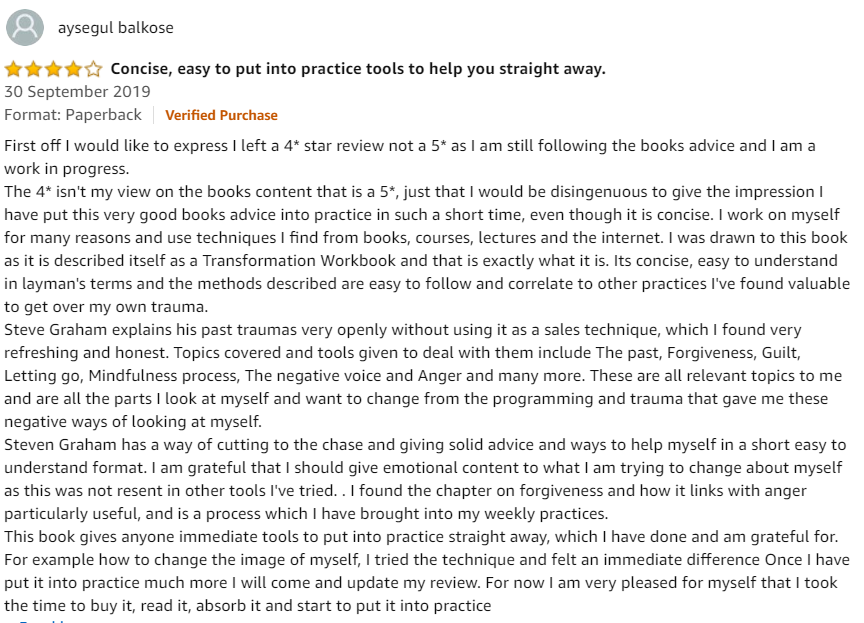Neuroplasticity – Rewiring in Response to Experience
“One form of neuroplasticity is involved in learning and memory — a fundamental form of human cognition — but then there are lots of other forms of neuroplasticity that we’re interested in how they act in health and disease.” — Prof Anthony Hannan
Neuroplasticity is derived from two words, neuron and plastic. A neuron refers to the nerve cells in our brain. Plastic refers to the ability to change or mould the nerve cells. Neuroplasticity refers to the process the brain goes through to change its neural pathways in order to adapt to new information, whether that is knowledge, trauma, or a change in environment. As we learn new things our brain does some organising, almost like filing, so that we are able to easily recall those pathways. A good example would be what happened in our brain when we learnt to ride a bike. The level of concentration we had to maintain in order to keep from falling off. Bit by bit after repeating the same process, our brain built neural pathways and they were strengthened each time we got back on the bike. Eventually, there were enough neural pathways created to take care of what our hands do, what our feet do, where we look, how we move, and how they all interact with the part of the brain that connects to the ears to help us stay upright. We literally grew neural pathways by performing this repeated behaviour. We now know that the brain is constantly removing and replacing the individual connections within the brain. The process known as “synaptic pruning” occurs depending on how the area of the brain is being used. This is how we are able to feed our brain new data where our negative patterns and self-limiting beliefs reside, and reprogram these negative pathways.
As children we are subjected to the behaviours of our parents day in and day out. We learn their beliefs and patterns of behaviour, and build neural pathways mimicking their behaviours. We also create neural pathways as coping mechanisms when we are upset by the behaviours of others that we experience as we are growing up. Some of these can be useful, for instance, becoming independent can be a great trait to have, as long as it doesn’t result in you keeping people at a distance and having commitment issues.
Later in life these neural pathways can work against us by running patterns created by a trigger we stored many years ago. For example, Abby had a great childhood, but when her father got angry her mother would cry. Abby had learnt this behaviour and stored the trigger. When someone got angry near her she would break down in tears. Once the pattern was recognised and work was done on the original trigger, the pattern was altered. Instead she would feel acceptance and feel at ease. She had altered the neural pathway.
Transformational techniques work on these neural pathways by either breaking them, or giving them a positive slant, making them less intrusive in our lives. By putting in the time to work on ourselves in the same way we learnt to ride a bike, we can reprogram these patterns. We can become confident, happy, unstoppable, and at peace. We can then attract the many gifts that come with being in this happy state. As human beings we have great potential, especially when we are operating from a brain that is dominated by positive patterns. Life becomes easy.
For years we thought that the mind was a product of the brain. As the brain grew, we became more conscious and able to understand and grow further. This old paradigm has shifted and through research we now know that the brain is secondary to the mind. What is in our mind not only affects the structure of our brain, but also the cells in our bodies. It is no coincidence that the word disease spells dis-ease. When our minds are not at peace, our body is also in turmoil. When we understand and recognise that our minds are the controlling force that maps out our future, then we are able to use its power to transform not only our pathways, but our lives and the world around us.
I do not know everything there is to know about the science behind transformation process, however what I have come to learn through experience, research, and the thirst for knowledge, is a greater understanding of how our mind works and how we can be free from the constraints it imposes on us. My sole purpose and intentions in life, are to help people live happier lives. If this book makes a difference to just one person then my work here is done.
If you are looking for peace, grounding, transformation of old beliefs/patterns, to see things in a different way, or to resolve bouts of anxiety and depression then this book is for you. There are 16 different processes that are designed to reprogram the way you stored all the information that has you react and feel the way you do today when things are not going so well. If you get nothing from this book then I will give double your money back. There is nothing to lose except unhappiness. ![]()
